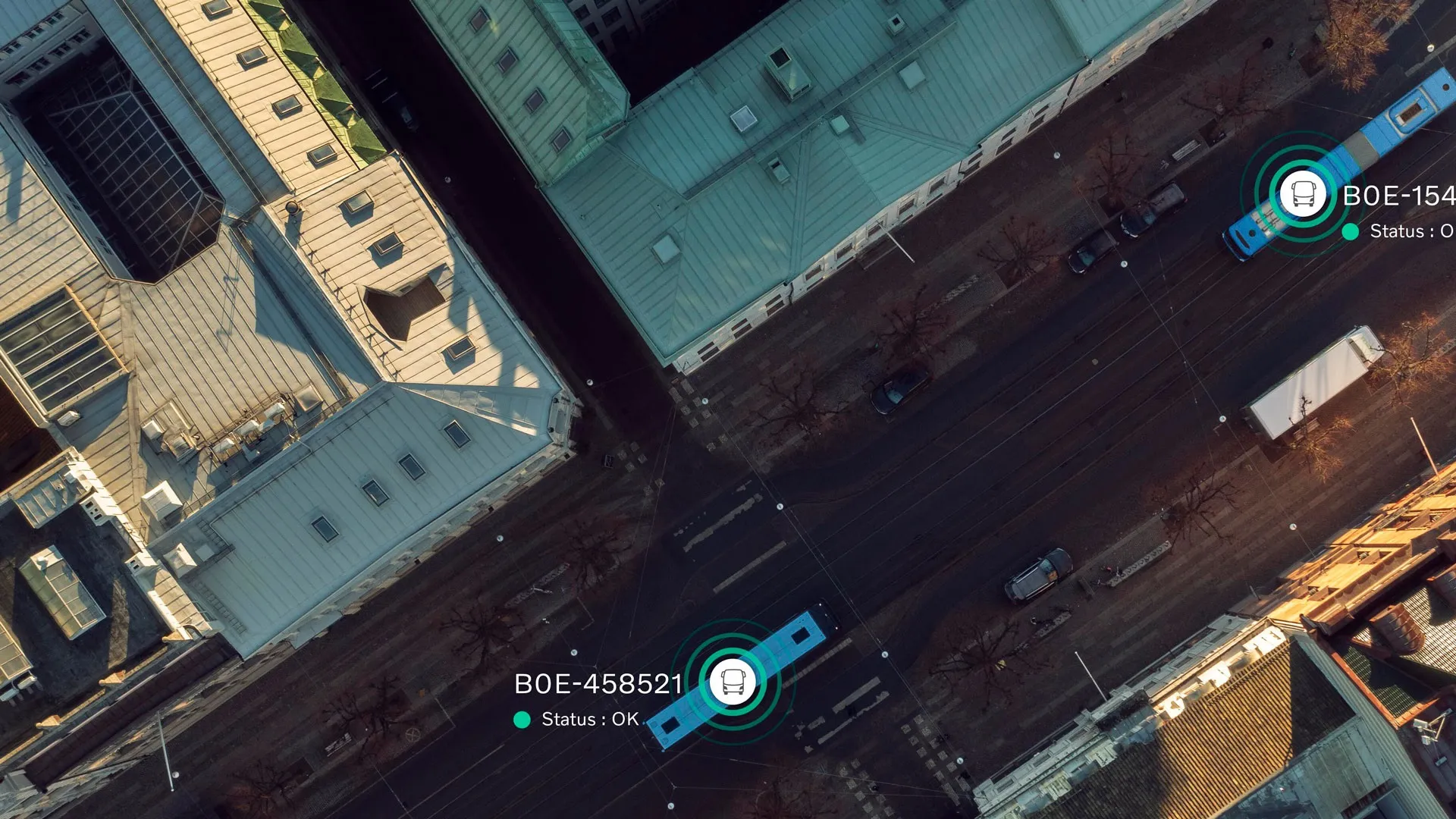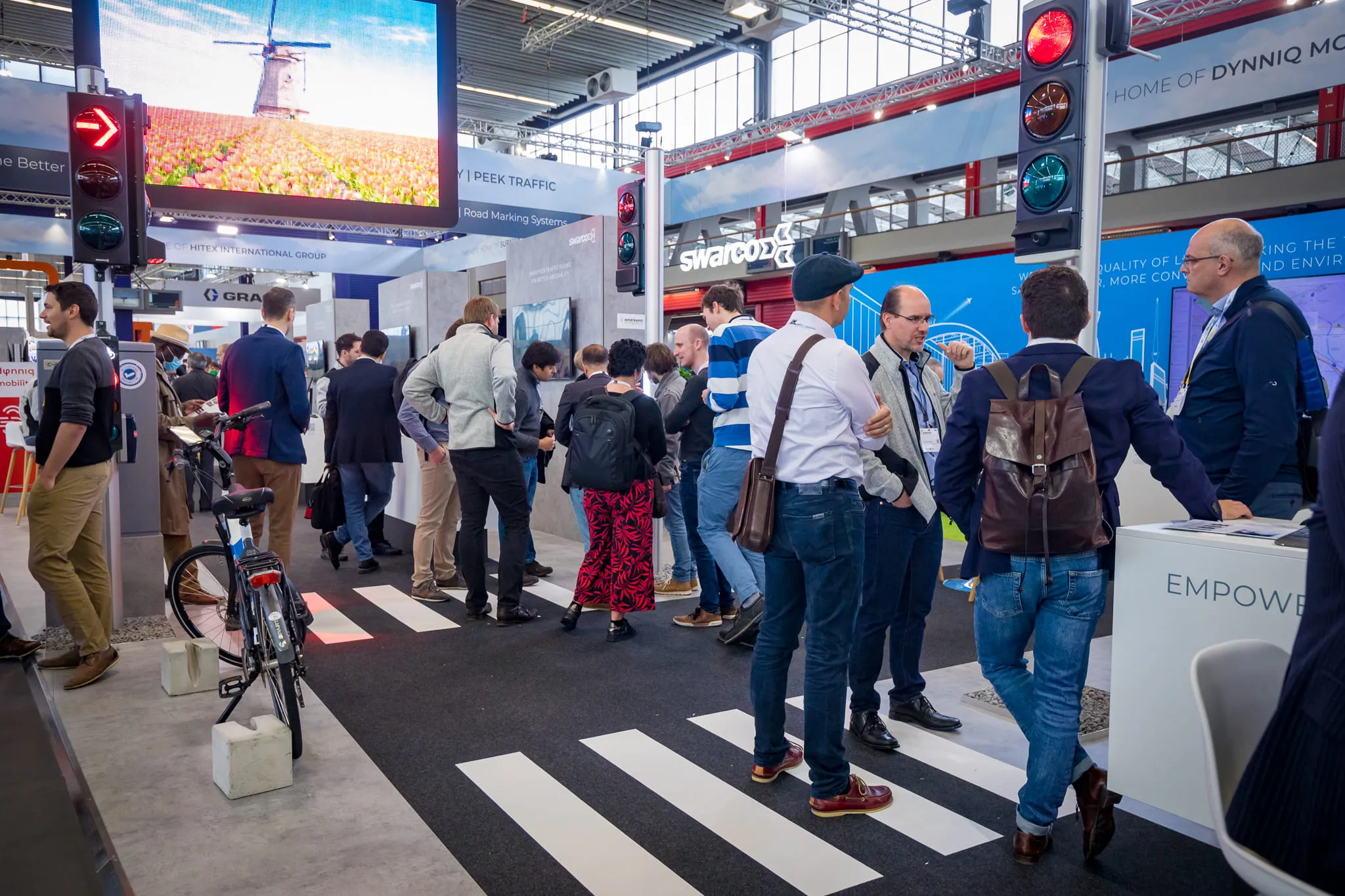
Optibus and Stoneridge have partnered with Volvo Buses with the goal of giving Volvo customers easy access to new connected services and digital solutions for improved efficiency.
Optibus’ public transport management software and Stoneridge’s data and artificial intelligence fuel advice solution are available to Volvo Buses’ customers as part of a pilot this year. The move recognises the important role digital services will play in Volvo Buses’ business strategy.
“Our strategy is to create partnerships with companies at the forefront of digital development that will further strengthen our connected services offer,” said Vinicius Gaensly, business development director at Volvo Buses. “Both Optibus and Stoneridge today have solutions that will improve our customers’ businesses.”
The Optibus solution is a cloud-native, end-to-end operating system for all public transportation management needs, encompassing everything from planning and scheduling to real-time depot operations and sharing information with drivers and passengers.
“Optibus’ software solution is an excellent complement to Volvo Buses’ connected services offering,” said Amos Haggiag, chief executive and co-founder of Optibus. “We see great opportunities to leverage vehicle data to further enhance the value brought to clients, including better operational insights and an easier way of planning more sustainable, efficient services.”

Stoneridge’s fuel advice solution uses vehicle generated data and applies AI to proactively support and assist operators to reduce fuel consumption. It works by providing system-generated suggestions for more eco-friendly driver actions without the need to manually process and analyse data. This solution is created together with Volvo Buses and key customers.
“Through artificial intelligence, Stoneridge’s solution provides predictive insights to operators about their drivers and fleets performance, allowing for more efficient and intelligent decision making,” said Caetano Ferraiolo, president of Stoneridge Brazil Division.
Stoneridge, headquartered in the US state of Michigan, is a global designer and manufacturer of highly engineered electrical and electronic systems, components and modules and systems for the automotive, commercial, off-highway and agricultural vehicle markets.









